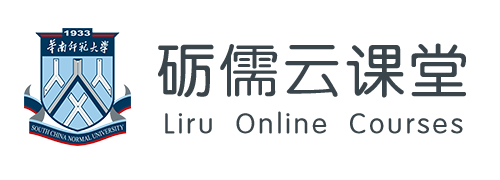The Origins and Development of European Civilization 欧洲文化的起源与发展
The purpose of this course is to provide students with a very broad overview of Western Civilization, mainly from its ancient beginnings up to the early modern era. Topics include ancient Greece, ancient Roman, Christianity, the Middle Ages, the Renaissance and Protestant Reformation, the Enlightenment, the Industrial Revolution and so on. While aiming broadly to outline the western history, its key events and figures, this course will also try to provide a straight forward and relatively traditional account of the rise of western civilization, and help students to think critically on western political, social and cultural developments.
跨文化交际Intercultural Communication
With economic globalization, the economic border between countries blurs. This has triggered frequent business mobility across the world and ever-increasing interactions among peoples of different cultures. This has also given rise to the need of learning how to communicate effectively in a cross-cultural setting. This course aims to familiarize students with the essential terms and basic theories in intercultural communication, and provides strategies to analyze the value system of different cultures, which is key to understanding the social and economical conditions in a given culture. Case study will be employed to illustrate failures in intercultural communication. It is hoped that by taking this course, students will raise their awareness of cultural differences, adopt flexibility in encountering different culture, and improve their skills in communicating in English with people from various cultures.
English for Academic Purposes Listening and Speaking 1
- Previous page
- 1(current)
- 2(current)
- 3(current)
- 4(current)
- 5(current)
- 6(current)
- 7(current)
- 8(current)
- 9(current)
- 10(current)
- 11(current)
- 12
- 13(current)
- 14(current)
- 15(current)
- 16(current)
- 17(current)
- 18(current)
- 19(current)
- 20(current)
- 21(current)
- 22(current)
- 23(current)
- 24(current)
- 25(current)
- 26(current)
- 27(current)
- 28(current)
- 29(current)
- 30(current)
- 31(current)
- 32(current)
- 33(current)
- 34(current)
- Next page
